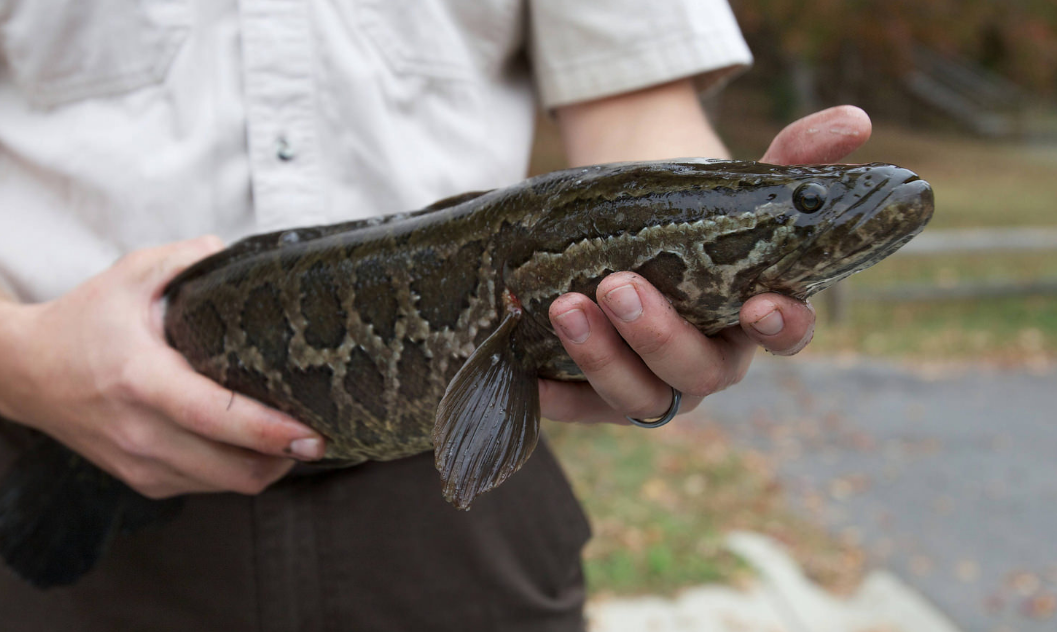Fighting the invaders: what you can do to combat invasive fish
/Experts say these fish are here to stay — find out how to do your part to control them
Things are looking up for fish in the Potomac River.
Pollution is down, water quality is improving, and the river now supports healthy populations of shad, white perch, and striped bass. In fact, the Potomac is one of the few places along the East Coast where shad populations are exceeding restoration goals.
But it’s not all good news. The Potomac is also home to a growing number of invasive fish. These non-native species pose a threat to the native and naturalized fish populations that are just now making a comeback.
The most troublesome invasive fish in the Potomac are snakeheads and blue catfish. Both of these species have been in our river for a while - and scientists say they are here to stay - but they’ve both been making headlines lately.
Due to record levels of precipitation in the past year, blue catfish are expanding their range and reaching record sizes. Since they have a voracious and varied diet (which includes popular local species like blue crab), many are worried they’ll out-compete native fish.
Northern snakeheads are also invading new areas of our watershed and a new report says that - after years of not knowing their true impact - they may be wreaking ecological harm after all.
So what can you do to fend off the invaders?
Grab your rod and reel and head down to the river!
Local anglers are encouraged to catch and kill snakeheads and blue and flathead catfish to control the population. There is currently no catch limit - Maryland’s Department of Natural Resources is even creating a resource guide to encourage people the capture snakeheads.
Both species make for fun fishing.
Snakeheads are ferocious and are said to “smash a surface lure with all the fury of a street brawl.” They’ve been called a better game fish than largemouth bass. Once you’ve taken to catching snakeheads, don’t be surprised if you find yourself addicted to the thrill of the catch.
Blue catfish on the other hand can grow to be upwards of 100 pounds (This man recently caught a 53-pounder in the Potomac!). Reeling in that sort of fish is a workout and quite the accomplishment.
Though, you don’t have to be an angler to do your part.
Chow down on some local grub!
That’s right DC foodies. Dining out and enjoying locally caught fish might be the answer to our invasive problem.
By creating a commercial market for invasive fish, regulators are hoping to give fisherman an incentive to catch them and help control the population. And it seems to be working. In 2016, 4,300 pounds of catfish were commercially harvested in Maryland, up from nearly 0 just five years before.
The overabundance of blue catfish is also helping one local nonprofit feed our neighbors in need. The Wide Net Project connects local families with blue catfish distributors who sell the fish at a discount. It’s a win-win for our local rivers and our communities.
And it’s not just the tasty catfish famous in southern fare that’s making its way into local kitchens. Snakeheads are, too. They might not look appetizing, but they definitely are, taste tested and approved by the good folks at the Washington Post.
“Unable to control a surging population of slimy, toothy snakeheads—the stuff of horror movies—[Maryland] issued fishing licenses. Now some restaurants are serving it as a $30 entrée,” the Wall Street Journal reported last year.
Check out some of the local restaurants serving up snakehead.
A note on eating your own catch
Though water quality in the Potomac is improving, there continue to be fish consumption advisories throughout the region due to legacy pollutants. You can find detailed information on what fish you can eat and how often you should eat them here.
100% Private. We don’t spam.













